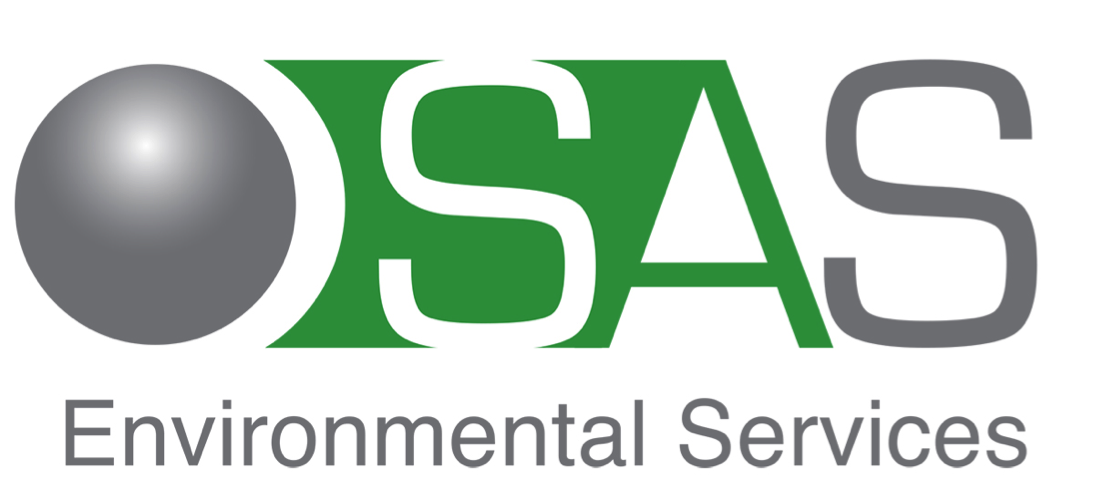Understanding the issue
/The process we have at SAS Environmental Services to ensure we get the right solution to the right customer for the right waste is something we developed over the past 20 years.
You cannot deliver the right solution to the customer without first making sure you understand the project, the customer, the waste and the required outcomes. At the same we have to always work and improve on making sure what we do and what can do is clear to the customer. Understanding is harder than it seems and in life we all are often guilty of assuming we understand the other person’s point of view or problem. Follow-on questions and a genuine curiosity in solving the problem are critical for success.
We have a few (not so secret) weapons. First of all we have a unique chemical technology based on microemulsions that allows us to treat oil waste and achieve results not possible any other way. It’s amazing and we are very proud of our technology and products and especially the kind of results we enable our customers to achieve.
Secondly, we have a genuine curiosity and desire to understand the oil sludge problem, to understand the operational and logistical issues in treating waste in the desert, jungle, North Sea or Canada (in the winter. Seriously. I love Canada, the people and whoever invented the heated steering wheel).
One of the exciting parts of our work is speaking to you, to our new clients and learn more about the waste, the history of the waste and what we together have to do to call it a success at the end of the project.
A very small example of understanding and asking the right follow-on questions goes back to a small project in Canada. We were asked if we could treat drill cuttings. A waste that for us, in our experience, consisted of relatively large rock cuttings. Substantially sized solid particles you would wash with our chemistry and then dispose of. Once we got to the site the waste in question was liquid mud waste contaminated with fine solids. An interesting conversation followed on what “cuttings” are. We compromised and all we agreed these were very small drill cuttings indeed. Different chemistry and engineering required and a different outcome to aim for.
One person’s oil sludge is another person’s oil slop. Give us a ring or send us an email with your waste and your requirements and let’s see if we can start working together and get an understanding of the project.


